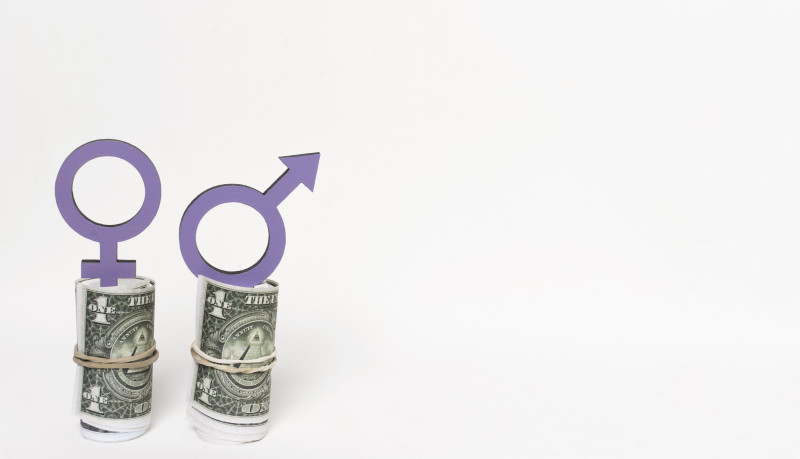The gender pay gap remains a longstanding challenge in Europe and worldwide. Despite efforts to achieve gender equality, women still earn less than men on average. This article analyzes current data on pay disparities across Europe, with a specific focus on Croatia, and explores possible causes and consequences of this gap.
Statistical Overview of the Gender Pay Gap in Europe
According to data from the European Parliament in 2021, women in the European Union earn, on average, 12.7% less per hour than men. However, disparities among member states vary significantly. The largest gap is recorded in Estonia (20.5%), while the smallest is in Romania (3.6%). Interestingly, Luxembourg has almost no gender pay gap, and in some cases, women even earn more than men.
The Situation in Croatia
In Croatia, according to 2020 data, the gender pay gap was 16%, which is above the EU average. In 2023, the average net salary for men was €1,246, while for women, it was €1,037, indicating a nearly 17% difference. The largest gaps were recorded in Međimurje and Varaždin counties, where men earn up to 21% more than women.
Age and Sectoral Disparities
Analysis by age groups shows that the most significant pay gap is between the ages of 45 and 54, where men earn 27% more than women. This difference can partly be attributed to career breaks that women often take for family responsibilities, affecting their professional development and advancement.
Sectoral segregation also plays a crucial role in pay differences. Women are often overrepresented in lower-paid sectors such as caregiving, healthcare, and education. According to the European Commission, about 24% of the gender pay gap is linked to the overrepresentation of women in these sectors, while men dominate in engineering and technical professions.
Possible Causes of the Gender Pay Gap
Several factors contribute to the differences in earnings between men and women:
- Unpaid Labor: Women spend more time on unpaid tasks such as household management and childcare, which can limit their availability for paid work and career advancement.
- Wage Discrimination: In some cases, women earn less than men for performing the same job or work of equal value, indicating the presence of gender discrimination.
- Glass Ceiling: Men are more likely to hold higher positions within organizations, ultimately leading to higher salaries. For example, managerial positions show a 23% pay gap in favor of men.
Consequences and Possible Solutions
The gender pay gap has long-term consequences on women’s economic status, including lower pensions and a higher risk of poverty in old age. To reduce this gap, the following measures are needed:
- Increase Pay Transparency: Salary information should be publicly accessible to help identify and address discrimination.
- Promote Work-Life Balance: Providing flexible work conditions and accessible childcare can help women balance careers and family responsibilities.
- Encourage Women to Enter Higher-Paying Sectors: Education and training programs can support women in entering better-paid industries.
- Sanction Employers Practicing Gender Discrimination: Stricter penalties can serve as a deterrent against unfair pay practices.
Although progress has been made in narrowing the gender pay gap, this issue remains a significant challenge in Europe and Croatia. Systemic changes, including legislative measures, shifts in societal norms, and education, are essential to achieving genuine pay equality.

 Croatia
Croatia Bosnia and Herzegovina
Bosnia and Herzegovina Serbia
Serbia Crna Gora
Crna Gora North Macedonia
North Macedonia Ukraine
Ukraine Albania
Albania Kosovo
Kosovo Austria
Austria Deutschland
Deutschland Switzerland
Switzerland









